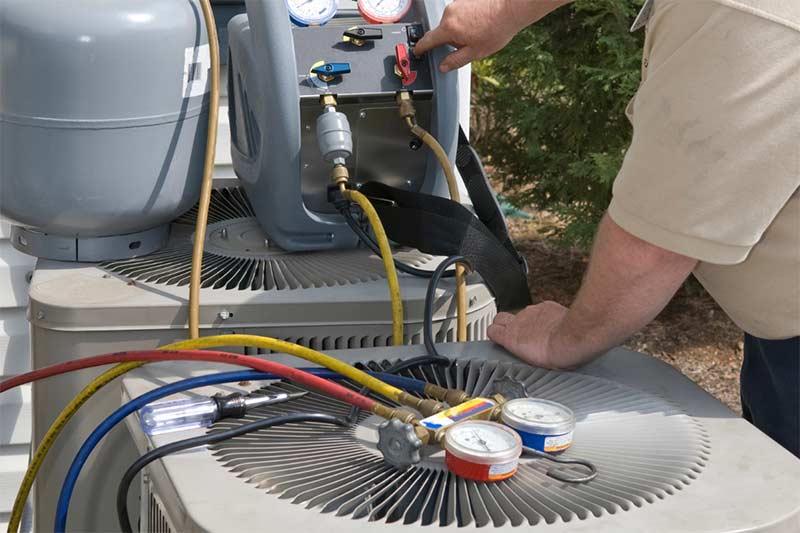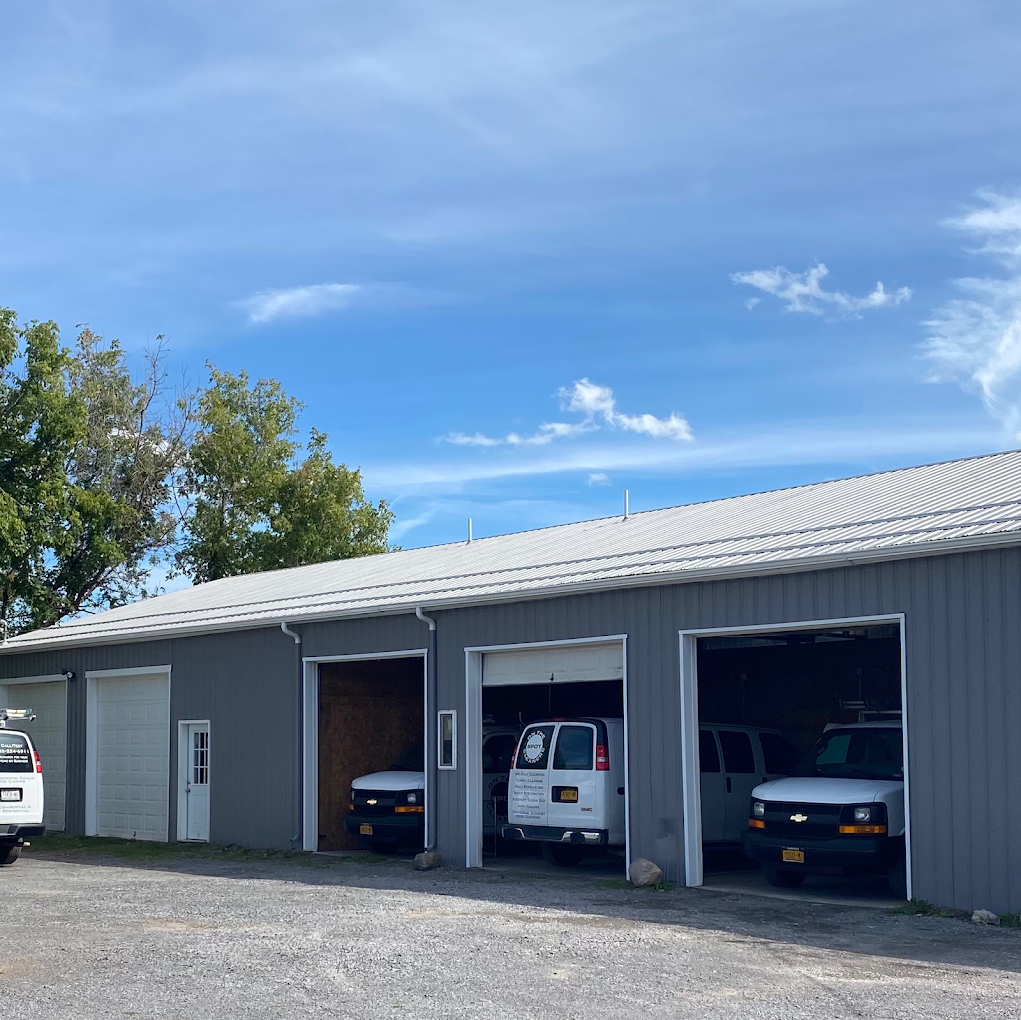Your air conditioner is one of the most critical systems in your home, providing comfort during the hot months and ensuring a pleasant indoor environment year-round. However, like any complex piece of equipment, your AC requires regular care to stay in peak condition. Regular AC tune-ups not only help prevent costly breakdowns but also boost energy efficiency, extend the lifespan of your unit, and maintain superior indoor air quality. Below is a complete checklist designed to help you or your technician achieve a successful AC tune-up.
Understanding the Importance of AC Tune-Ups
AC tune-ups are more than a seasonal ritual—they are a proactive measure to safeguard your investment and improve your overall home comfort. Over time, dust, debris, and natural wear can diminish your system’s performance. Neglecting maintenance may lead to reduced airflow, increased energy consumption, and even premature system failure. Routine AC tune-ups ensure that your unit runs smoothly, helping to:
- Enhance Energy Efficiency: A well-maintained system works more efficiently, which means lower energy bills and reduced environmental impact.
- Improve Air Quality: Clean filters and coils help remove allergens and pollutants from the air.
- Extend Equipment Lifespan: Regular maintenance prevents minor issues from escalating into major repairs.
- Prevent Unexpected Breakdowns: Early detection of potential problems can save you from inconvenient and costly service calls during peak usage times.
The Pre-Tune-Up Preparation
Before the actual tune-up begins, there are a few essential steps to take so that your technician or you, if you’re doing it yourself, can work more effectively:
- Review Your System’s Manual: Understand the specific requirements and maintenance schedule recommended by the manufacturer.
- Gather Necessary Tools and Supplies: Common items include replacement filters, cleaning solutions, a vacuum with hose attachments, lubricants, and basic hand tools.
- Ensure Safety First: Always turn off power to your AC unit before beginning any work. If you’re not comfortable working with electrical components, consider hiring a professional.
Your Step-by-Step AC Tune-Up Checklist
A thorough tune-up covers several key areas. Below is a detailed checklist to help ensure nothing is overlooked during your maintenance session.
1. Inspect and Replace Air Filters
- Check Condition: Examine the air filters for dust accumulation and damage.
- Replace or Clean: If the filters are disposable, replace them as recommended (typically every one to three months). For washable filters, clean them thoroughly and allow them to dry before reinstalling.
- Upgrade if Necessary: Consider higher efficiency filters if your system is compatible; these can capture smaller particles and improve indoor air quality.
2. Clean the Condenser and Evaporator Coils
- Remove Debris: Use a soft brush or vacuum attachment to remove loose dirt and debris from both the condenser (located on the outdoor unit) and the evaporator coils.
- Wash Thoroughly: Clean the coils with a gentle coil cleaner, following the product instructions to avoid damage.
- Ensure Unobstructed Airflow: Properly cleaned coils improve heat exchange efficiency, helping your AC cool more effectively.
3. Check Refrigerant Levels
- Inspect for Leaks: A low refrigerant level can indicate a leak, which not only affects cooling performance but also may be hazardous.
- Measure and Refill: Use proper gauges to measure the refrigerant level, and if it’s low, top it up according to the manufacturer’s specifications. This task is often best left to professionals.
4. Inspect Electrical Components and Connections
- Tighten Connections: Check all electrical connections for tightness and signs of corrosion.
- Examine Wiring: Look for any frayed or damaged wires that could pose a safety risk.
- Test Capacitors and Contactors: These components are critical for the operation of your AC. Malfunctioning capacitors or contactors can cause the system to fail.
5. Lubricate Moving Parts
- Fan Motors and Bearings: Lubricate any moving parts such as fan motors and bearings to reduce friction and prevent wear.
- Follow Manufacturer Guidelines: Use the type of lubricant specified in your unit’s manual, as using the wrong kind can cause damage.
6. Clean and Seal Ductwork
- Visual Inspection: Check ducts for visible dust, debris, or signs of mold.
- Professional Cleaning: In many cases, professional duct cleaning is recommended to remove deeply embedded contaminants.
- Seal Leaks: Ensure that all duct connections are sealed properly to prevent loss of cooled air and infiltration of dust.
7. Check Thermostat and Controls
- Calibration: Verify that your thermostat is accurately reading the temperature. An improperly calibrated thermostat can lead to inefficient cooling.
- Update Settings: Consider upgrading to a programmable or smart thermostat that can optimize cooling cycles and energy use.
8. Inspect Fan and Blower Assemblies
- Clean Blades: Dust and debris on fan blades can impair performance. Clean them with a damp cloth.
- Check Alignment: Ensure that the fan and blower are securely mounted and aligned properly to promote even airflow.
- Test Operation: Run the fan to check for unusual noises or vibrations that may indicate mechanical issues.
9. Examine Drain Pans and Condensate Lines
- Clear Blockages: Ensure that drain pans are free of debris and that condensate lines are not clogged. Blockages can lead to water leakage and mold growth.
- Flush Lines: Use a mild solution to flush out the condensate lines, ensuring smooth water flow.
- Inspect for Damage: Check for any signs of wear or damage that might require repair or replacement.
DIY vs. Professional AC Tune-Ups: Making the Right Choice
While many of the steps listed above can be handled by a confident DIYer, some tasks—such as checking refrigerant levels, inspecting electrical components, and performing duct cleaning—are best left to professionals. Certified technicians have the specialized tools and expertise required to perform a thorough tune-up, which can prevent future issues and help maintain system warranties.
For those comfortable with home repairs, regular DIY maintenance (like changing filters and cleaning coils) can complement professional tune-ups. However, scheduling a comprehensive service at least once a year is highly recommended to catch issues that might not be evident during routine cleaning.
Additional Maintenance Tips for Optimal Performance
Beyond the basic tune-up checklist, consider these additional tips to keep your air conditioning system running at its best:
- Regular Inspections: Even if you perform seasonal tune-ups, keep an eye on your system’s performance and schedule additional checks if you notice any unusual behavior.
- Energy Efficiency Audits: Occasionally review your energy bills and overall system performance to determine if further adjustments or upgrades are needed.
- System Upgrades: As technology advances, consider upgrading to newer, more efficient components that can improve both performance and air quality.
- Documentation: Keep a record of all maintenance activities. This log can be helpful for future service calls and in maintaining your warranty.
The Long-Term Benefits of Regular AC Tune-Ups
Regular AC tune-ups offer more than immediate comfort and efficiency; they provide long-term benefits that can significantly impact your home’s overall performance:
- Reduced Energy Costs: A well-maintained system consumes less energy, leading to lower utility bills.
- Extended System Lifespan: By preventing minor issues from developing into major problems, routine maintenance extends the life of your air conditioner.
- Improved Indoor Air Quality: Regular cleaning and maintenance reduce the circulation of dust, allergens, and pollutants, contributing to a healthier living environment.
- Enhanced Comfort: Efficient airflow and proper cooling ensure that your home remains comfortable, even during peak summer months.
- Fewer Emergency Repairs: Consistent maintenance minimizes the risk of unexpected breakdowns, saving you time, money, and stress.
Get Your HVAC System Checked Today
Don’t wait until your HVAC system breaks down—regular maintenance can save you money and stress. Air Duct LV Heating & Cooling offers preventative maintenance, air duct cleaning, and repairs in Las Vegas to keep your system running smoothly. Contact us at or visit airductlv.com now!




